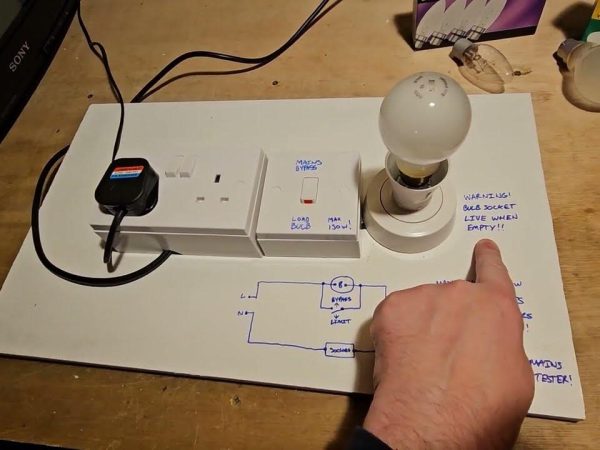Define Form Utility: Importance, and Real-World Applications

In the world of economics and business, form utility plays a significant role in shaping consumer experiences. It refers to the value added to a product through its transformation into a more usable or desirable form. Businesses that understand and implement utility effectively can enhance customer satisfaction, boost sales, and gain a competitive edge. In this comprehensive guide, we’ll dive deep into the concept of define form utility, its importance, and practical examples to illustrate its impact.
Define Form Utility?
Form utility refers to the value added to a product by changing its physical characteristics or composition to meet consumer needs and preferences. It focuses on improving a product’s usability, appeal, or functionality. By enhancing the product’s form, businesses make it more attractive and convenient for customers.
For example, wheat transformed into bread or a piece of leather crafted into a stylish handbag demonstrates the concept of form utility. The raw materials are altered and refined into a finished product that fulfills specific consumer demands.
The Importance of Form Utility in Business
Meeting Consumer Needs
Form utility ensures that products are tailored to match the preferences and requirements of consumers. By creating goods that solve specific problems or add convenience, businesses can enhance customer satisfaction.
Driving Innovation
The process of adding form utility often involves creativity and innovation. Companies that continuously refine and improve their products stay ahead in competitive markets.
Boosting Perceived Value
A product with enhanced form utility often commands a higher price, as consumers are willing to pay for the added convenience, quality, or aesthetic appeal.
Supporting Sustainability
Efficient use of raw materials during the transformation process can reduce waste and support environmentally friendly practices, aligning with modern consumer values.
How Form Utility Works
The Transformation Process
Form utility is created when raw materials or components are processed into finished goods that are more useful or desirable. This transformation often involves:
- Design: Enhancing the product’s appearance or functionality.
- Manufacturing: Refining raw materials into usable forms.
- Packaging: Presenting the product in an appealing and convenient manner.
Examples of Form Utility in Action
- Food Industry: Turning raw fruits into packaged juices or baked goods.
- Technology: Combining hardware and software to create user-friendly devices like smartphones.
- Fashion: Transforming fabric into stylish clothing.
Key Components of Form Utility
Quality
High-quality transformations create lasting value for customers. Using superior raw materials and efficient production processes ensures better results.
Design and Aesthetics
Appealing designs enhance the desirability of a product. Whether it’s ergonomic furniture or sleek gadgets, aesthetics play a major role in form utility.
Functionality
Practicality is essential. Products with added functionality, such as foldable furniture or multi-functional kitchen tools, address specific consumer needs more effectively.
Customization
Offering products in various sizes, colors, or configurations increases their appeal to a broader audience.
Real-World Examples of Form Utility
Automobile Industry
Car manufacturers add form utility by assembling raw materials like steel, rubber, and glass into fully functional vehicles. Features like advanced safety systems and luxury interiors further enhance their value.
Food and Beverage Sector
Raw ingredients such as wheat, sugar, and cocoa are processed into chocolates, cakes, and snacks. Packaging adds another layer of form utility by making these items portable and convenient.
Furniture Industry
Wood, metal, and fabric are combined to create stylish and comfortable furniture. Modular designs and space-saving features address specific consumer needs, adding even more value.
How Businesses Can Optimize Form Utility
Invest in R&D
Research and development help businesses innovate and create products that cater to changing consumer preferences.
Focus on Sustainability
Using eco-friendly materials and efficient production techniques appeals to environmentally conscious consumers and reduces costs.
Enhance Product Design
Incorporating elements like ergonomic features, sleek aesthetics, and customization options ensures that products stand out in the market.
Leverage Technology
Technological advancements in manufacturing, such as automation and 3D printing, enable faster production and higher precision, improving form utility.
The Relationship Between Form Utility and Other Utilities
Form utility is just one aspect of the broader concept of economic utility. Here’s how it interacts with the other types:
Place Utility
While form utility improves a product’s usability, place utility ensures it’s available where consumers need it. For example, an online retailer offering delivery combines form utility with place utility.
Time Utility
Form utility complements time utility by making products available in a usable form when consumers need them, such as seasonal clothing lines.
Possession Utility
Form utility supports possession utility by creating products that consumers are eager to own, streamlining the purchasing process.
Conclusion
Form utility is a cornerstone of successful product development and marketing strategies. By transforming raw materials into products that are functional, appealing, and tailored to consumer needs, businesses can enhance their value proposition and build strong customer relationships. Whether in traditional manufacturing or digital innovation, form utility remains a vital tool for meeting market demands and driving business growth.
FAQs
1.What is form utility in economics?
Form utility is the added value a product gains when its form, design, or composition is altered to meet consumer needs.
2.Why is form utility important for businesses?
It enhances consumer satisfaction, drives innovation, boosts perceived value, and supports sustainable practices.
3.Can utility increase a product’s price?
Yes, products with enhanced form utility often command higher prices due to their improved quality, functionality, or appeal.
4.What’s the difference between form utility and place utility?
Form utility focuses on improving a product’s usability, while place utility ensures the product is available where consumers need it.
5.How do companies create form utility?
Companies create form utility through design, manufacturing, packaging, and customization.
Also read: Mini Party Set: 10 Perfect Options for Your Next Celebration











